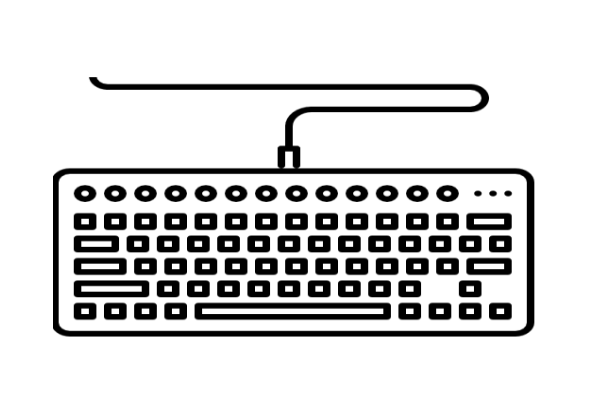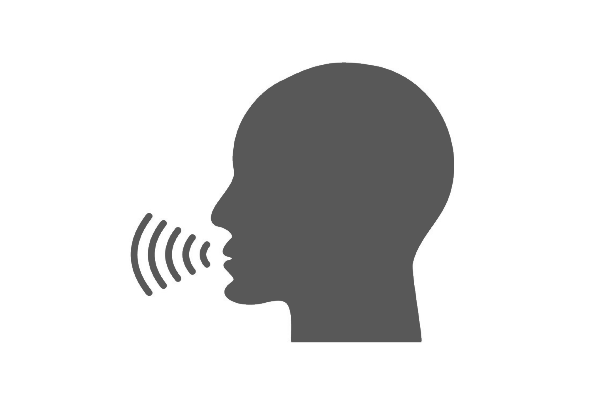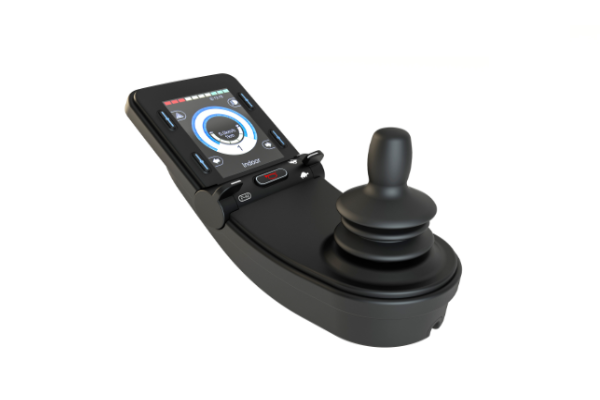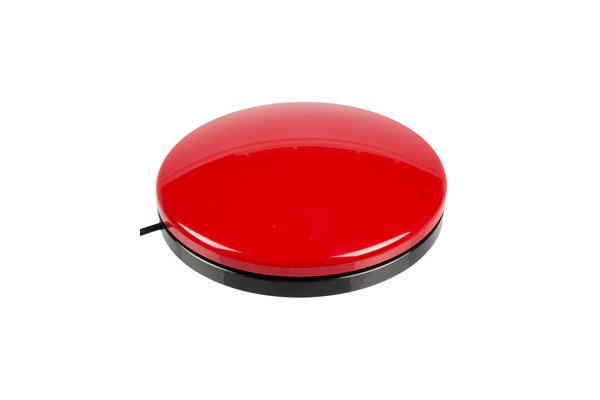Announcement: Colorado Transfer Free Application Days
From Feb. 1 to Feb. 15 application fees are waived for transfer students. Learn more and apply.
Learn More
Mouse Alternatives

QuickTake
Have trouble using a standard mouse? You have options. A lot of them and it is worth the time to explore options that work best for your needs including those that are hands-free. Switching to a new device can be a tad awkward so give it some time.
Mouse Alternatives
Selecting a new pointing device requires a good appreciation of your individual needs. It is also important to have a good understanding of the features available in different products. Here is a run down of features that you may wish to consider when looking for a mouse alternative for yourself or someone using their arms, hands or fingers (upper extremity difficulty.)
Directing the mouse cursor:
- Proportional movement (most common) where the mouse can move in any direction
- Directional (digital) where the mouse only moves Up | Down | Left | Right
- Tremor accommodation where the mouse movement remains smooth despite shaking associated with hand tremors
- Dedicated buttons to control cursor speed
Clicking:
- Button guards (like a keyguard but for the buttons on the mouse)
- Dedicated buttons for double click, click and drag, and scroll
- Automatic clicks using a dwell time (e.g. a set amount of time the mouse arrow is on an item before an automatic click occurs)
- Switch compatibility where external ability switches can be used to click the mouse
- Sip-n-Puff where breath can be used to click the mouse
With the above in mind their are several categories of alternative pointing devices to explore including:
- Ergonomic mice
- Trackballs
- Touch/Track Pads
- Joysticks
- Foot Mouse
- Head pointing/tracking
- Eye Gaze
Ergonomic Mouse Alternatives
A little jargon for you - "wrist pronation" and "ulnar deviation." Two terms which basically mean your wrist is in a less than ideal position when using a standard mouse. Here is another term - "neutral posture" which means a resting or natural position. Neutral postures are good, pronation and ulnar deviation not so much. Ergonomic mouse alternatives aim improve to wrist posture and reduce strain and discomfort associated with poor wrist postures. They generally feature an angled to near vertical positioning of the wrist.
Trackballs
The biggest benefit to trackballs is that they do not require significant movement of the wrist or the ability to grasp since they remain stationary during use. The ball can be moved with your fingers or thumb depending on its positioning and even with the palm, or side, of the hand if you cannot use your fingers.
Track Pads | Touch Pads
These are the devices built into almost every laptop ever made. They offer a few advantages including no requirement to grasp or articulate the wrist, simple click gestures (a tap rather than hitting a button) and easy scrolling. Track pads can be purchased separately for use with a computer. Some external keyboards also come with built-in trackpads. Quality matters though so try before you buy.
Joysticks
There is a reason joysticks are preferred by gamers. They provide greater control of direction and speed of movement than does the standard mouse. Joystick also make it easier to click without accidentally moving the mouse pointer and many have customized buttons for double clicks or even cut and paste.
Joysticks are a great option for hands-free use as well as they can easily be operated using your foot, chin or even your tongue.
Head Pointing
Using the head to control the mouse can be very useful for people who have little to no control of their extremities. There are two approaches to head tracking. Infrared based tracking devices require the user to wear a reflective dot somewhere on their head. It could be on a hat, a pair of glasses or placed on the forehead. The receiver directs the mouse cursor on the computer by tracking the dot as the head moves. Camera based systems do not require a dot or expensive receiver and can be used with most webcams but may not be quite as accurate. Both systems require frequent calibration to maintain accuracy. Clicking is generally accomplished using sip-n-puff or with an external ability switch.
Eye Gaze
Eye tracking has improved dramatically in recent years and has dropped in price due to its popularity with some gamers. These devices use specially calibrated cameras to track the pupil of the eye as it moves. The technology requires less head control than head pointing and is generally more efficient. However, eye gaze systems require significant calibration and can be sensitive to lighting conditions. Similar to head pointing, eye gaze users generally click the mouse using sip-n-puff or an external ability switch.
Foot Mouse
Controlling the mouse cursor by foot can be useful for many people with limited use of their upper extremity, but relatively good use of the feet. Certain trackballs can be used by foot but, most commonly, specialized hardware which enables use by both feet is preferred.



